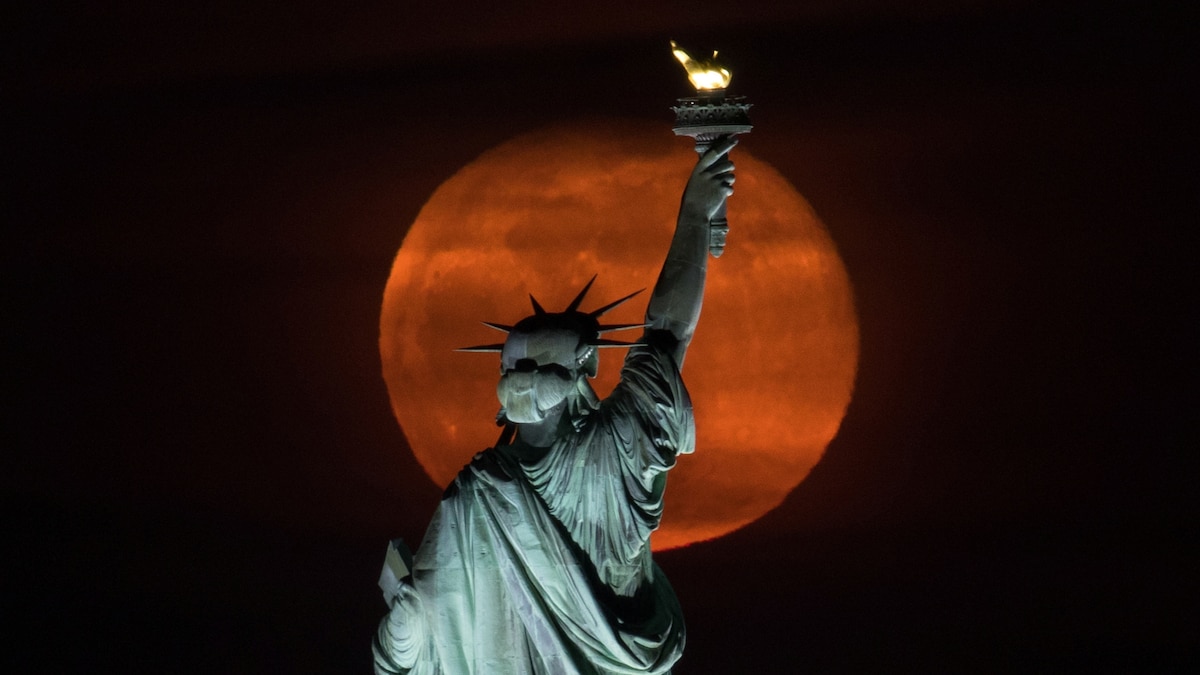Now Reading: Top 7 Night Sky Events to Watch in April
-
01
Top 7 Night Sky Events to Watch in April
Top 7 Night Sky Events to Watch in April

Quick Summary
- April 1: Crescent moon near the Pleiades star cluster, visible in the constellation Taurus.
- April 13: “pink Moon,” a micromoon, occurs at its furthest distance from Earth (about 252,000 miles).
- April 17: Planetary alignment of Mercury, Venus, Saturn, and Neptune; best viewed in the Southern Hemisphere before sunrise.
- april 21-22: Lyrid meteor shower peaks during these dates with up to 18 meteors per hour visible under optimal conditions.
- April 21: Mercury reaches its greatest western elongation near sunrise; ideal viewing conditions farthest from sun’s glare.
- April 25: Cosmic “smiley face” formed by Venus and Saturn’s proximity to the waning crescent moon. Chance to observe “earthshine.”
- April 27: New moon creates dark skies for prime stargazing opportunities.Supermoon marked by closer orbit (perigee).
Images included:
- Meteor trails during Lyrid shower above Georgia
- Pink Moon rising behind Eiffel Tower
- Astronaut view of Lyrid meteor ISS photo
Indian Opinion Analysis
India’s astronomy enthusiasts have much to look forward to this April with diverse celestial events ranging from planetary alignments to iconic meteor showers like the Lyrids-offering both leisurely stargazing opportunities and educational insights into global phenomena.
Events like April’s “Pink Moon” or Mercury’s elongation emphasize accessible observation moments even for beginner skywatchers without refined equipment-especially critically important given India’s growing interest but limited public observatories in many regions.
The meteor showers involving long-recorded historical links (Lyrids origin traced over millennia) subtly connect scientific marvels back toward inspiring cultural curiosity as modern STEM goals grassroots education advance local accessibility debates vs portable rural telescopes debates satisfying scope-rich conducive similar needs practical intertwined exploration gaps policies clarified technocratsoptimally overall
























